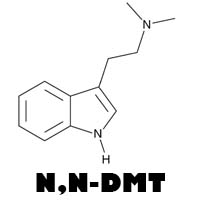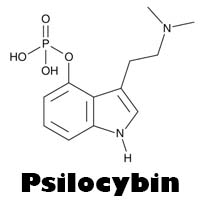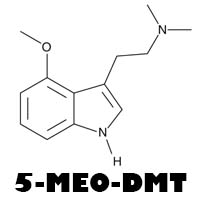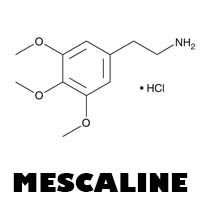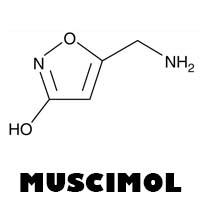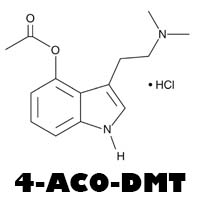The Influence of Psychedelics on Art and Music
Psychedelics have long been associated with creativity and artistic expression. From the vibrant colors and abstract forms in visual art to the experimental and boundary-pushing sounds in music, these substances have profoundly influenced artists and musicians throughout history. In this blog post, we'll explore how psychedelics have shaped art and music, inspiring creativity and new artistic movements.
Psychedelics and Visual Art
Psychedelics have a significant impact on visual perception, often leading to vivid colors, intricate patterns, and altered spatial awareness. These effects can translate into unique and imaginative artworks.
1. The Psychedelic Art Movement
The psychedelic art movement of the 1960s and 1970s was characterized by bold colors, swirling patterns, and surreal imagery. Artists like Peter Max and Alex Grey became famous for their psychedelic-inspired works, which sought to capture the altered states of consciousness induced by substances like LSD and psilocybin.
2. Visionary Art
Visionary art, which often incorporates themes of spirituality and mysticism, has been heavily influenced by psychedelic experiences. Artists like Pablo Amaringo, known for his Ayahuasca-inspired paintings, and Android Jones, with his digital psychedelic artworks, are prime examples of this genre.
Psychedelics and Music
Psychedelics have also played a crucial role in the evolution of music, inspiring new genres and innovative approaches to sound and composition.
3. The Psychedelic Rock Era
The 1960s saw the emergence of psychedelic rock, a genre heavily influenced by the use of psychedelics. Bands like The Beatles, Pink Floyd, and The Grateful Dead used psychedelics to explore new musical territories, incorporating experimental sounds, extended instrumental passages, and surreal lyrics.
4. Electronic and Ambient Music
Psychedelics have also influenced electronic and ambient music. Artists like Brian Eno and Aphex Twin have created immersive soundscapes that mirror the introspective and expansive nature of psychedelic experiences.
Personal Stories of Artistic Inspiration
Many artists and musicians have publicly shared how psychedelics have influenced their creative processes, leading to groundbreaking works and new artistic directions.
5. The Beatles and LSD
The Beatles' experimentation with LSD profoundly influenced their music, leading to the creation of iconic albums like "Sgt. Pepper's Lonely Hearts Club Band" and "Revolver." Their use of psychedelics opened up new avenues for musical exploration and innovation.
6. Alex Grey's Visionary Art
Artist Alex Grey credits his use of psychedelics, particularly LSD and DMT, for his visionary artworks. His detailed and intricate paintings often depict spiritual and transcendental experiences, aiming to bridge the gap between the physical and the metaphysical.
Conclusion
The influence of psychedelics on art and music is undeniable. These substances have inspired countless artists and musicians to push the boundaries of their creativity, resulting in groundbreaking works and new artistic movements. As society continues to explore and understand psychedelics, their impact on art and music will likely continue to evolve, fostering even more innovation and expression.
Suggested Images for the Blog Post
- Psychedelic Art Movement: Images of iconic psychedelic artworks from the 1960s and 1970s.
- Visionary Art: Photos of visionary artworks by artists like Pablo Amaringo and Android Jones.
- Psychedelic Rock Era: Album covers and concert photos of bands like The Beatles, Pink Floyd, and The Grateful Dead.
- Electronic and Ambient Music: Visual representations of electronic and ambient music artists and their work.
- Personal Stories: Photos of artists and musicians known for their psychedelic inspiration, such as The Beatles and Alex Grey.
